Best Ethereum Mining Pool & Staking Pool Review
Before diving into the best ethereum 2 staking pools, we need to have a clear and basic understanding of Ethereum. Vitalik Buterin created Ethereum in 2013. Ethereum is the name for the specific blockchain platform used while the currency is called Ether (read this – Ethereum staking rewards).
Ethereum allows developers to create smart contracts and applications, distribute applications or an ethereum staking app, share information without disturbance of a third party, without the risk of fraud, and risk of downtime.
✅ Yes, fortunately, you can stake eth2 at this point.
APR refers to the Annual Percentage rate the platform will receive for making the cryptocurrency available for a loan.
You would need to register on a platform that offers Ethereum 2 stake pooling as there are not many. You would need to register with the minimum amount of ETH needed.
There are quite a few. Click on these links that were part of our Ethereum staking pool list.
✅ Yes, a staking pool is available on Binance and maybe the best Ethereum staking pool platform available.
✅ Yes, ETH2.0 is safe and is also offered by legit platforms.
You would need 32ETH.
Choose which Etherum pools you want to join, when input addresses of the pool into your mining software or Ethereum mining app. When you need to connect your wallet which will receive Ethereum mining pool payouts. Last step is that you need to configure your machines to the chosen ethereumpool.
Best Ethereum classic pools you can find in Ethermine mining pool.
Smart contracts are programs that operate when conditions that have been previously determined arise. This means that all parties involved in the agreement will know the outcome of that agreement. Smart contracts ensure that agreement is fulfilled without any third parties being involved or any loss of time.
A blockchain, simply put, is a system. The system stores and maintains transactions made across multiple computers, which are linked through a peer-to-peer network.

A practical example of the above would be us thinking of Ethereum as a bank and Ether as our euros or pounds. The bank keeps a record of our money and what goes on in our accounts.
No other person can access this information except for the bank and us. We have access to these records through bank statements and so on.
Think of the smart contract as a direct debit. You have made an agreement with a particular provider to do something with your account the same way a smart contract does. When the previously determined circumstances arise, the date your direct order is supposed to be taken happens automatically.
There’s no third party at this time, and under normal circumstances, you expect the direct debit.

This article is meant to help you understand the Ethereum, Ethereum 2 staking pool, and open ETH pools. In this article, we take a deeper, more complex look into Ethereum 2 staking pools. We also look at the best Ethereum 2 staking pools and help you better understand what you will be dealing with.
Along with this article, you’ll also get a better understanding of an Ether pool, an eth2 pool, the best pools for Ethereum, the best eth2 pool, and an ethereum pools list.
Ethereum 2.0 – Explained
In order for us to fully understand the best Ethereum 2 staking pools we first need to understand Ethereum. Ethereum has recently moved from using the proof-of-work model to using the newly implemented proof-of-stake (pos).
Proof-of-work is based on a system that tries to minimize the use of unnecessary computing power—for example, sending spam emails. You could stake this model and have used a cryptocurrency trading platform or use an on-chain wallet. From this, you would then get yourself etherstaking rewards.
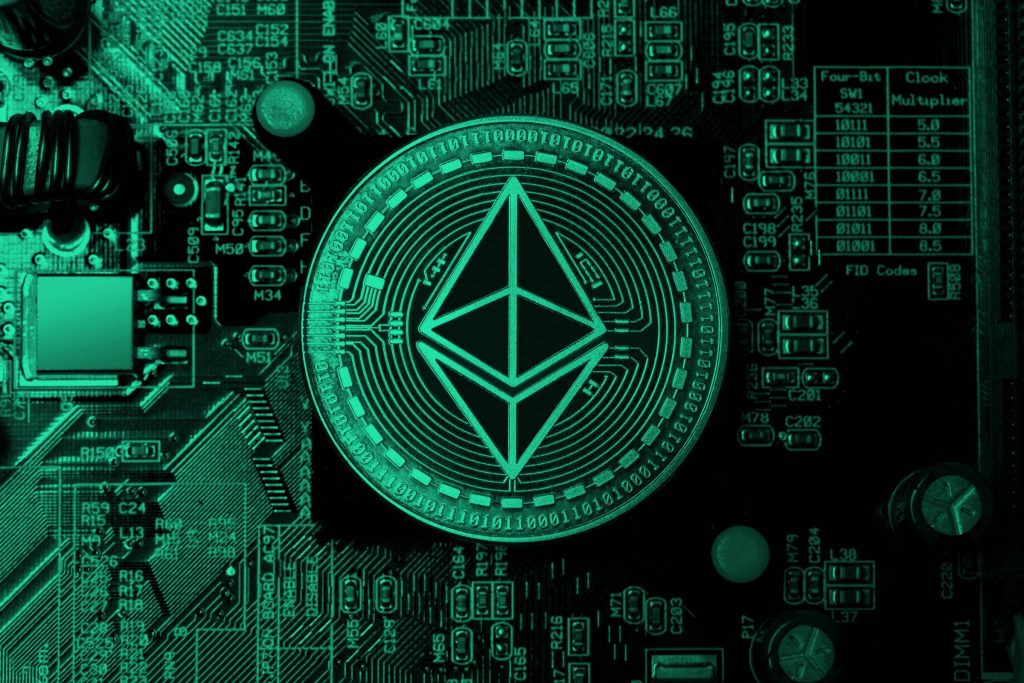
A proof-of-work model works in such a way that you can automatically get validated once you have enough stake. You’ll need at least 32 ETH to be eligible. Those who are eligible are known as validators. You, the validators, will be chosen at random to create a block. It will then be the responsibility of the validator to check and or confirm blocks they didn’t create (read this – AVAX validator rewards).
The proof-of-stake model runs on a Beacon-chain. This model is honestly the best proof of stake coins available. Validators get rewarded for keeping the platform secure by receiving ETH.
Beacon-chain is the mechanism that is responsible for creating the blocks and ensuring that validators are rewarded for keeping the platform safe. So, if it’s proof of work vs. proof of stake, we believe that Ethereum has made the right choice.
Now that you understand Ethereum 2.0, we can finally find the best eth staking pool. This kind of knowledge makes it easier for you to understand which platforms offer the best eth staking pools.

Ethereum 2 staking pools – Broken down
Now that we understand the difference between an Ethereum and an Ether, we can take a deeper look into Ethereum 2 staking pools. Ethereum2.0 staking pools, in this case, act as intermediaries for people who have 32 ETH and less.
People are allowed to come together and gather their ETH together on an best ETH pool staking platform to create a substantial amount of ETH. When they put their ETH together, this is called staking. That’s why we have Ethereum pool staking (read this – best staking pool for ADA).
The ethereum pool staking rewards are distributed amongst them according to the amount of ETH they contributed. A smart contract secures the agreement made by the people involved in this. The more ETH you have, the more you contribute towards the safety of the Ethereum pools.

By growing the ether pool, you directly contribute towards the blockchain and ensure that you don’t have an open ethereum pool. Now that you have an understanding of Ethereum 2.0 staking pools, we’re one step closer to a better understanding of the best Ethereum 2 staking pool.
Best Ethereum Mining pool options
Ethereum works so that blockchains need to be added to keep the network safe and secure. To add blockchains, we need to mine Ethereum. Mining means that we’re adding blockchains.
In our earlier example, we spoke about Ethereum being the bank and Ether being the currency. Different mining pool Ethereum could constitute our different banks. The reason we don’t have one bank is that not everyone is looking for the same thing.
Therefore different best ETH mining pools also serve the same purpose. Different mining Ether pools are our different banks.
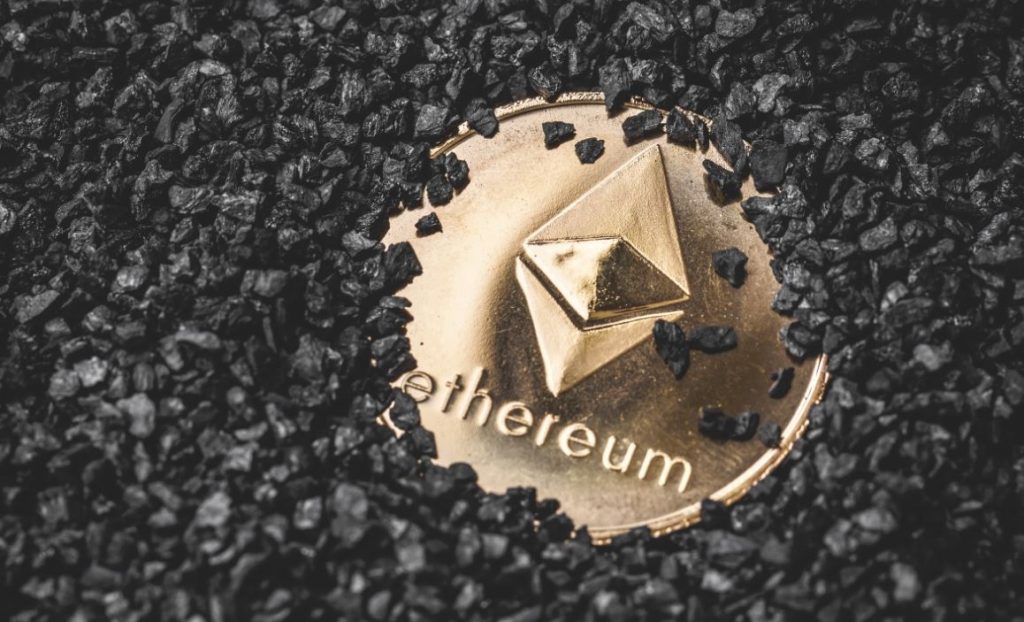
Let’s take a look at the top three ethereum mining pools and then dive into the best Etherium staking pools available to you. We take a deeper look into best Ethereum mining pool list options.
Ethermine/ Ethpool
Ethermine pools and Etherpool are not the same; they contribute towards the same pool and contribute majorly to the best ethereum 2 staking pool.
With a combined effort, these two pools contribute 26.8%, meaning that this is one of the most significant contributors of the best Etherum mining pool. Ethermine has 125,000 miners at this point, while Ethpool has just below 1,100. Ethermine uses mining software.
Each Ethereum pool mining takes a certain percentage of your reward as a fee. However, both Ethermine and Ethpool charge a 1% fee on your rewards, one of the lowest fees Ether mining pool charges.

Ethermining is a little different from Ethpool in terms of you being able to set your payment threshold. You can set your minimum payment threshold so you can receive your rewards. If you want more of a periodic payment, then you will set your payment threshold to a maximum.
The maximum you can set it at is 10ETH. If you’re looking for a more regular payment, then you’ll set your payment threshold to a minimum of 0.05ETH.
Nanopool
Nanopool is the third-largest and one of the best ethereum pool of mining. It has 80,000 miners, has a 14.4% contribution towards the best Ethereum 2 staking pool, and a 1% fee on your rewards. This is better than most competitors.
Using mining pools Ethereum at Nanopool is simple and easy because its platform is user-friendly. Not only is the platform user-friendly, but its ETH is also user-friendly. The minimum ETH you need is 0.2ETH however you can raise this or lower it according to your needs.
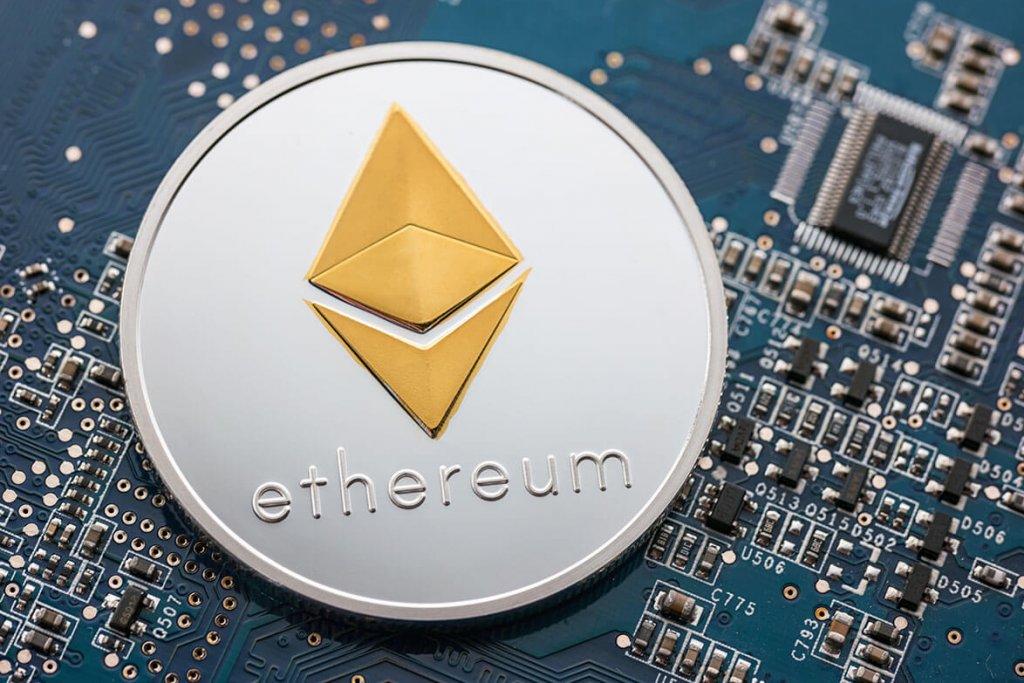
The great thing about Nanopool is that they don’t just want your ETH, but they also want you to have a fantastic experience and feel comfortable using their platform. You learn to set up your account and change the Ether miner pool settings and links to find a few clients. They help you along the way so that you do not feel alone.
Dwarfpool
Dwarfpool only holds 2.4% contribution towards the best ethereum 2 staking pool pie and has a 1% reward fee on block rewards. However, for you to cash out, you would need to have 1.01ETH. This ETH pool mining pays out six times a day.
Ethereum Staking Pools Explained
There are two different kinds of Ethereum staking pools. In this section, we take a brief look at the two different kinds. In the end, after reading this section, you will make an ethereum staking pool comparison and decide which one is best for you. You’ll be able to choose the best staking pool ethereum for you to understand the Ethereum pool.
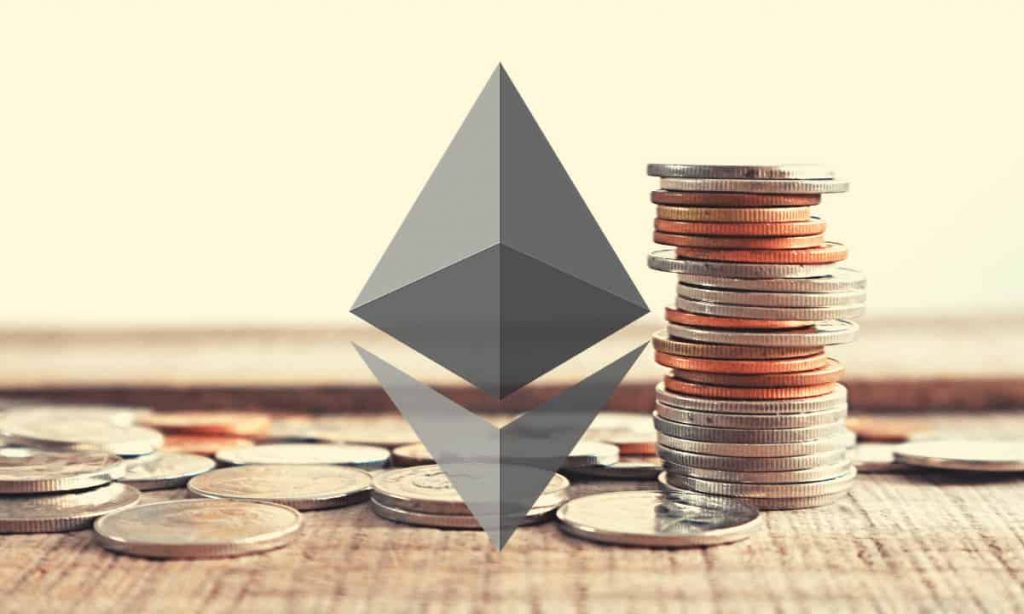
There are custodial stacking platforms and solo staking platforms. The difference between the two is that one platform offers convenience while the other one doesn’t. Stacking best Etherium pools offer you the convenience of having a node, so you don’t have to.
With custodial stacking pools, your finances are managed by the platform. For doing this, they take a particular portion of money called commission. Each staking Etherium pool will bill you differently.
This is what makes the custodial eth staking pool unique and some more appealing than others. In a custodial staking best Etherum pool, you will receive what they call a deposit token. It’s kind of like a certificate that proves that you have given your funds.
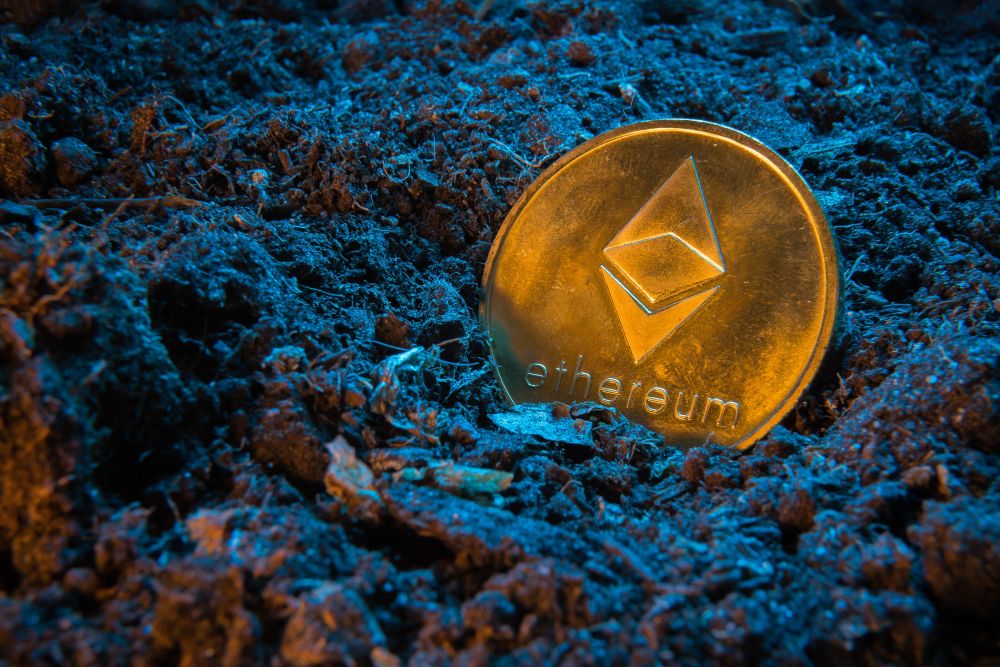
This proves that you are owed a specific portion of Etherium staking pool profits. It also gains value as the value of the best Etherum staking pool increases. This token also allows you to be able to sell your stake on other platforms.
On the other hand, a solo staking best ether pool means that you are in control of your funds. The only job the platform will have is setting up a validation node and managing it as well. When using these platforms, you won’t have to worry about node maintenance; you have to worry about your funds because you’ll have a private withdrawal key.
To withdraw your funds, you would need this private key. You will also need it if you want to move the Ether. This offers you absolute privacy as other parties would be unable to steal funds from your account, making this pool Ethereum more appealing.
With this staking pool, most platforms ask for you to pay a monthly fee instead of them taking a certain percentage of your rewards. You pay this for server and maintenance costs.
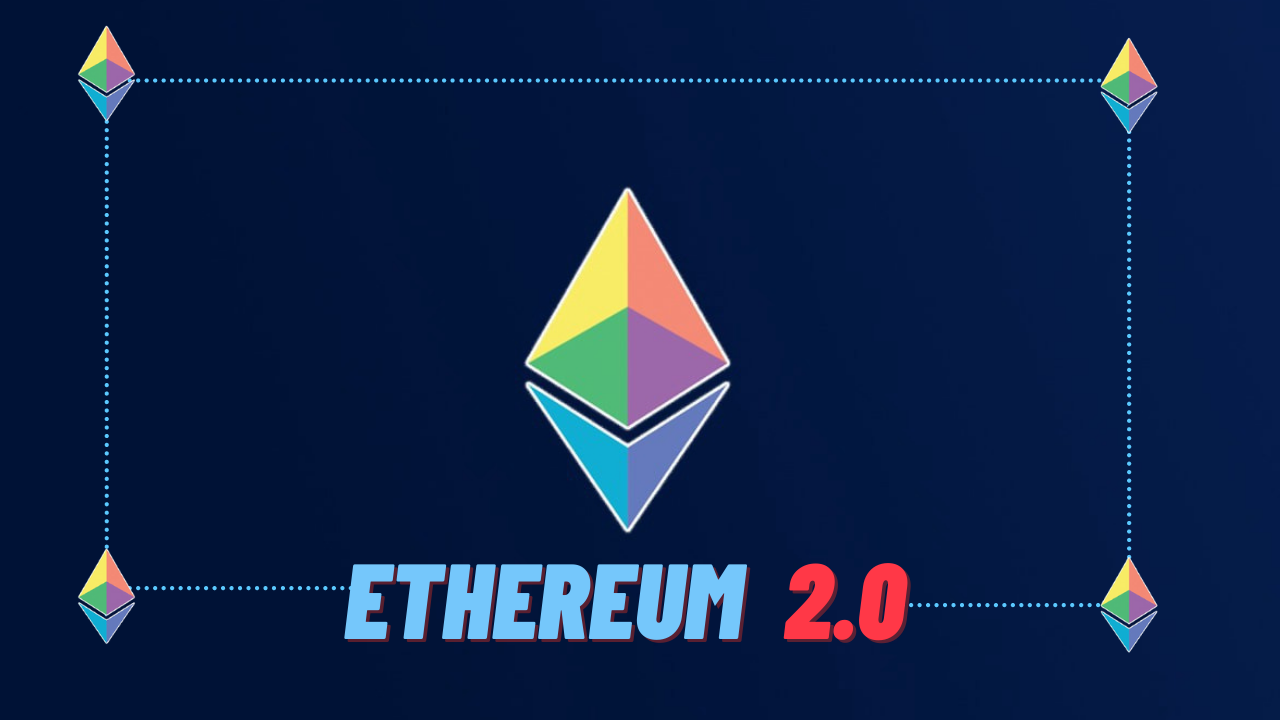
ETH2.0 Staking Requirements
How to stake crypto? This could be what you are asking yourself. Staking is when you place a certain amount of that cryptocurrency, in this case, ETH, normally 32ETH, and place it in a specific ETH2.0 pool. When you do this, you create a blockchain.
The reason why it’s called a blockchain is because it does precisely that; it blocks information from leaving that specific chain. The more you stake ETH that’s, the more you protect the eth2 staking pool.
The minute you reach the validator status level, you become responsible for adding new blocks to the chains. You’ll also be responsible for storing data and processing transactions. Doing these things will ensure the safety of Ethereum.
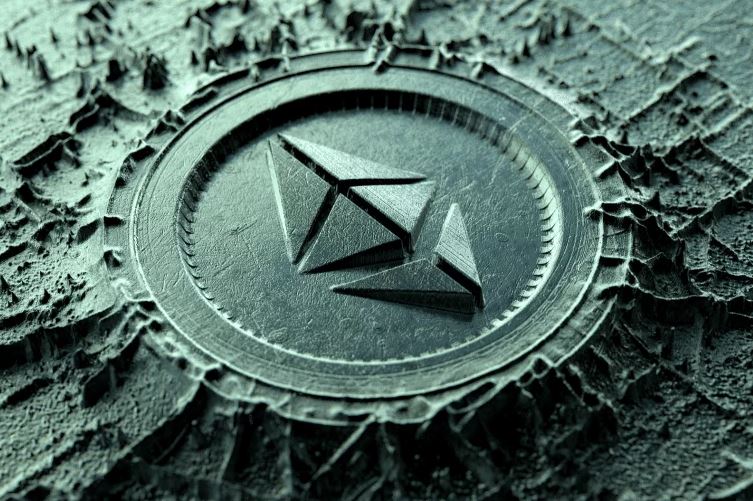
You’ll also be earning points as you do this. This model is called a proof-of-stake model and was introduced by the Beacon Chain.
Like everything in life, there are risks involved with everything. You could stand the chance of losing all your ETH if you fail to validate or even go offline or do any actions that would generally harm the chain.
To become a validator, you would need 32ETH. However, many platforms don’t need you to have this 32ETH as they try their best to make ETH more accessible to the public. It is for this reason that you can join a staking pool.
You’ll receive all the instructions you need on the platform. They will help you through the process so that you can do it properly by the time you get to the actual work. You could also use a backend API.

Best Ethereum staking pools
Eth pool staking is not as popular as their sister cryptocurrency, Bitcoin. Because of this, not many sites offer the service, so you’ll find yourself having eth staking difficulty. Many sites don’t offer the service, but it’s given most inflexibly if it’s available.
This section looks at some of the most flexible, easy to access, and most affordable platforms that offer the best staking pool for ethereum and the best pool for ethereum.
This ethereum pool list is from the best eth2 pool providers to the least best ethereum staking pools platform.
Come with us as we explore this ethereum pools list so that you can choose the best pool for ethereum for you. In this section we explore the best ethereum 2 staking pool.
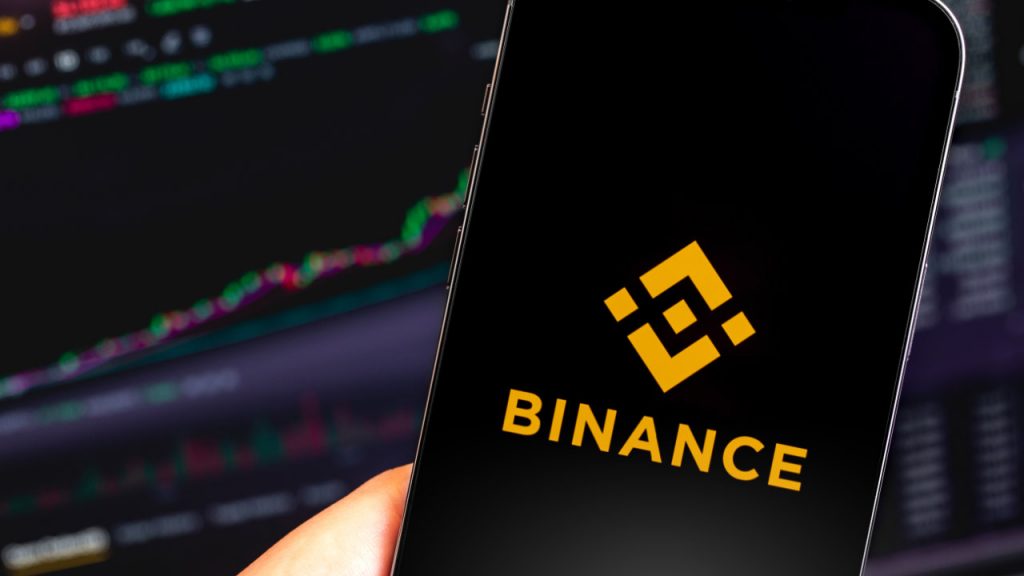
Binance
Binance is an online cryptocurrency platform that offers one of the best pool ethereum 2.0 services. You don’t have to have the needed 32ETH to become a validator which is one of the reasons it’s the best ethereum 2 staking pool.
You can start your account with as little as 0.1ETH. You can also use their platform for other services, like earning interest on cryptocurrency and trading leverage in future markets.
ETH2.0 holders also receive 100% on-chain rewards from Binance. This is taken as an incentive to Binance ETH2.0 holders as they do not incur the cost of being their validators and the cost of having to purchase or work with expensive equipment.
To work with your ETH, you would need to trade your ETH to what we call BETH. This will represent your ETH ratio on a 1:1 scale. So this would mean that for every 1 BETH you have, you would have an equal amount of ETH.

Coinbase
Coinbase has recently added Ethereum 2 to its offering list. They provide a user-friendly environment for users to buy, sell, trade, or store digital assets. Unfortunately, for anyone outside of the United States, you won’t be able to access this Ethereum 2 which is why it comes second in our best ethereum 2 staking pool list.
There’s a long waiting list of people who want to join as there is no minimum amount of Ether that you need to have. This is where Binance loses. You need to know that Coinbase will take a 25% commission fee from your Ethereum staking pool rewards, which is high compared to other Ether staking pool providers.
There are certain risks involved with Ethereum, such as loss of initial funds, which may be caused by a hack or if your validators fail to keep up with their staking obligations.
Coinbase does cover these at no additional cost. This is a huge boost when it comes to trust. With Coinbase APY, you would receive a 5% return on your Ethereum staking while it’s held in a coin base account.

Kraken
We are not surprised that Kraken has joined the staking pools ethereum team. They had already been offering a range of services to those dealing with cryptocurrency. They’re known for being user-friendly, safe, and highly competitive pricing.
They have already included 12 other digital staking forums, including allowing you to stake Ethereum 2.0, making it possible for you to earn eth rewards.
To also trade on this platform, you would need to trade your ETH for BETH. Again, just as Binance, you would be using a 1:1 ratio. So for every one ETH you have, you’d have 1 BETH. There is also a fantastic feature that Kraken has on their platform where you have the opportunity to buy in or out of staked ETH.
You can also trade unstacked ETH for staked ETH. This is a fantastic money-making feature that’s only available to those in the United States and Canada. When looked at in APY terms, Kraken has a 15% commission fee, around 5% to 7%.

Huobi Global
Huobi Global has been around for a while, and just like many of the dealers, it offers an array of services and recently added ETH2.0 to their list. The website is also known for its ability to buy, sell, trade, store and earn online currencies. What makes Huobi unique is the Huobi earn feature, which was recently added.
You also have a fixed lock-up term available to you which is excellent if you want to invest for the long term and earn interest while you do so. Like Binance, you don’t need to fit the 32ETH mold to become a validator. This makes buying Ether easier and makes it more accessible.
To start using the ETH2.0 opportunities on Huobi Global, you would need to have a minimum of 0.1ETH. Like a few other platforms available, you would need to use the 1:1 ratio.
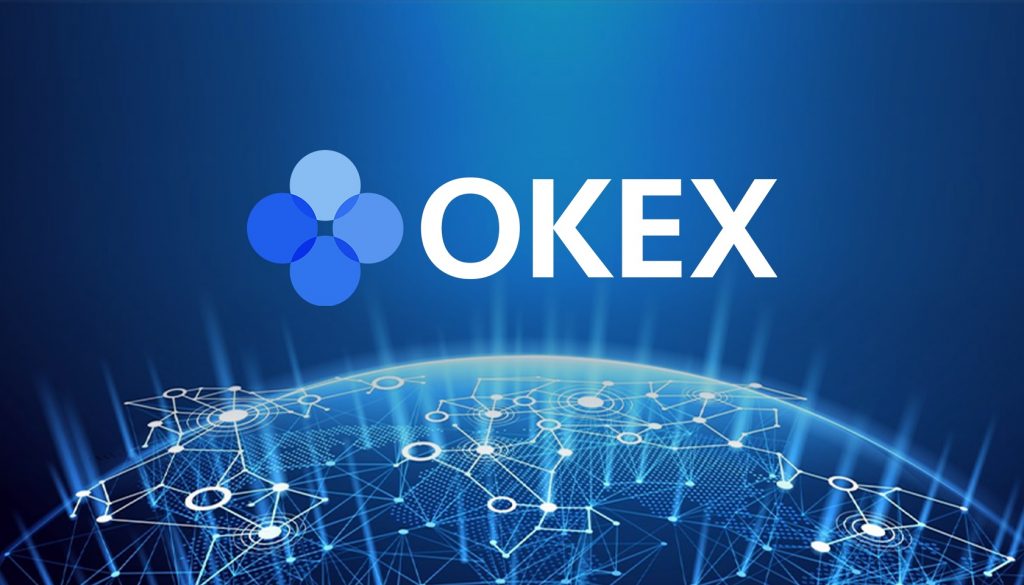
OKEx
OKEx supports the Eth2.0 upgrade for their users who had previously been on the platform. You would need 0.1ETH for you to start using this upgrade. Luckily you do not have to pay any staking fees. While using OKEx, you won’t need to pay expenses associated with Ethereum 2.0 like node equipment and validator penalties.
APY refers to the Annual Percentage Yield you receive. This is very similar to a regular savings account. You can receive specific interest on your Ethereum investment. The current percentage on APY is 5.89%.
